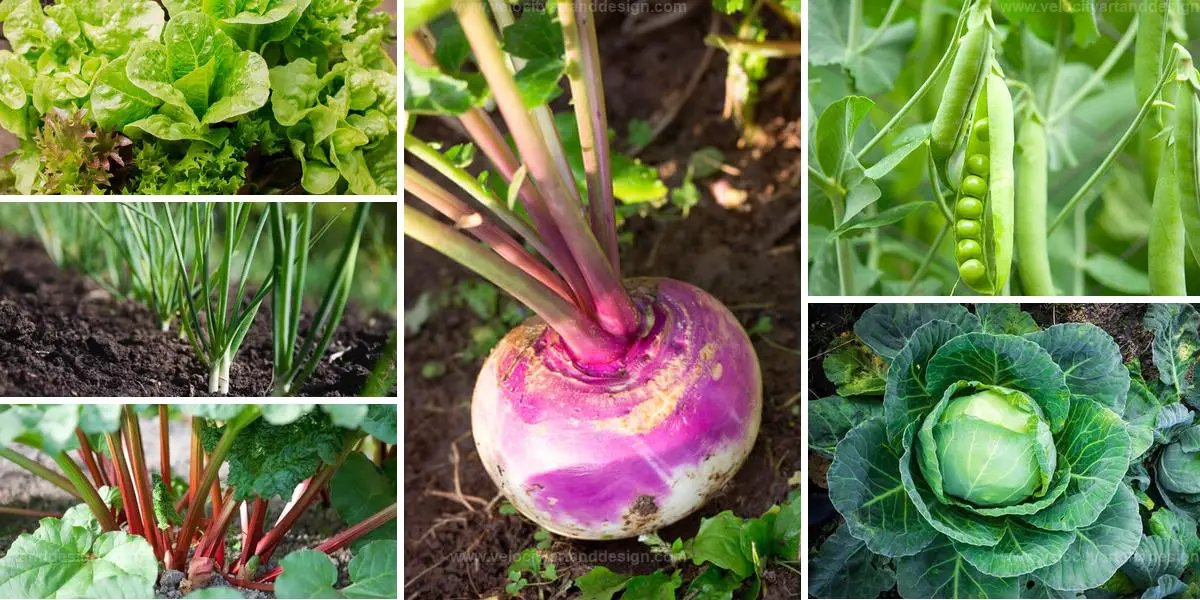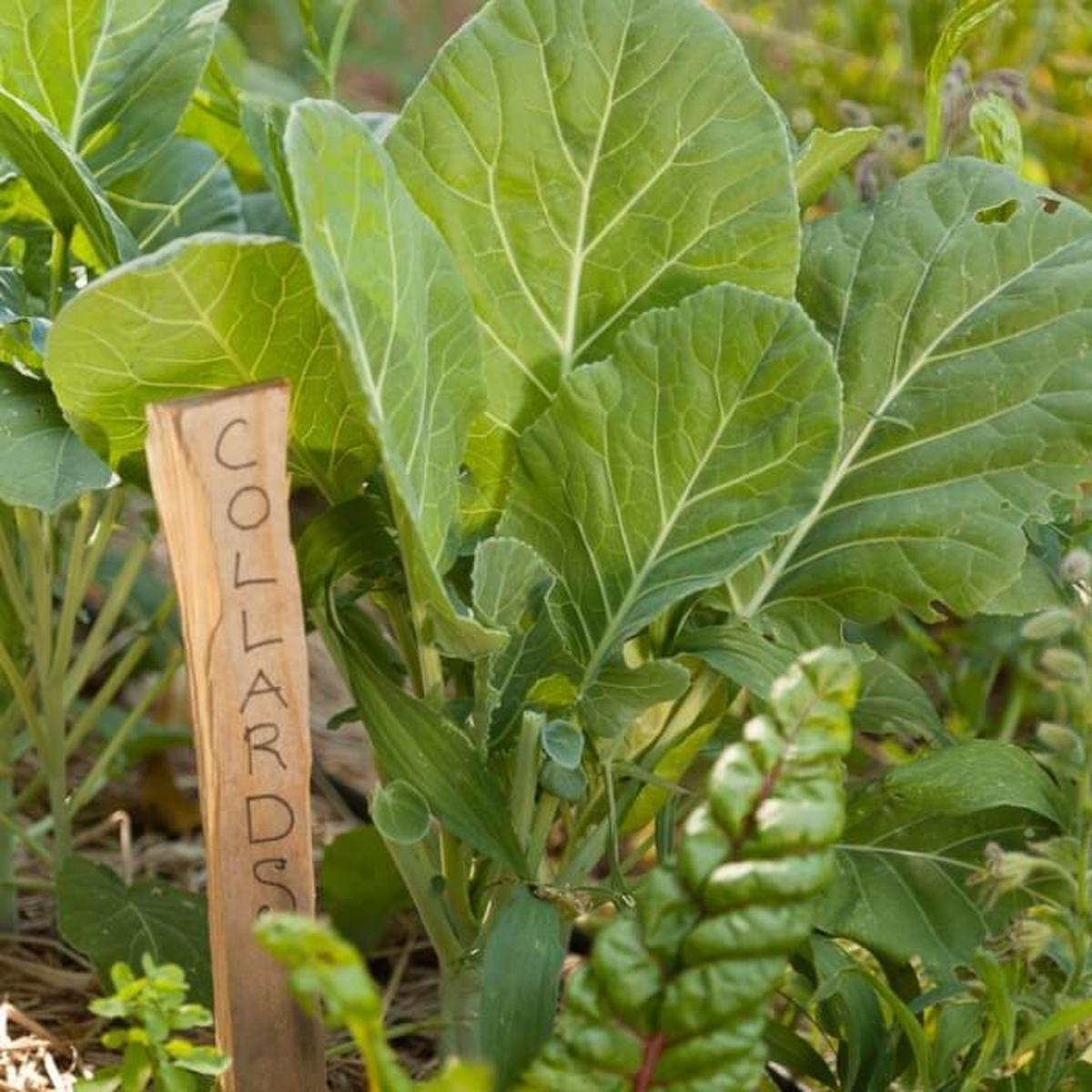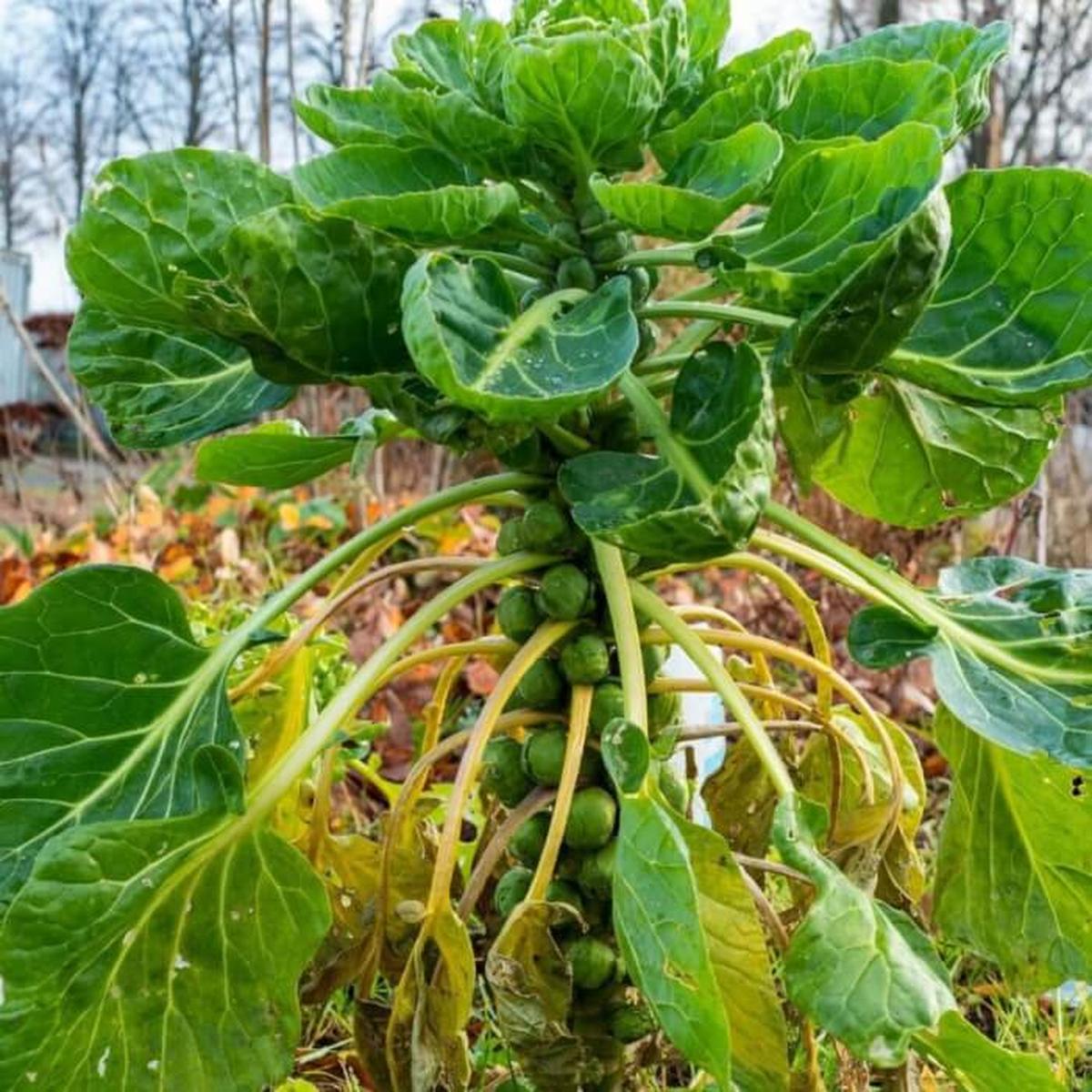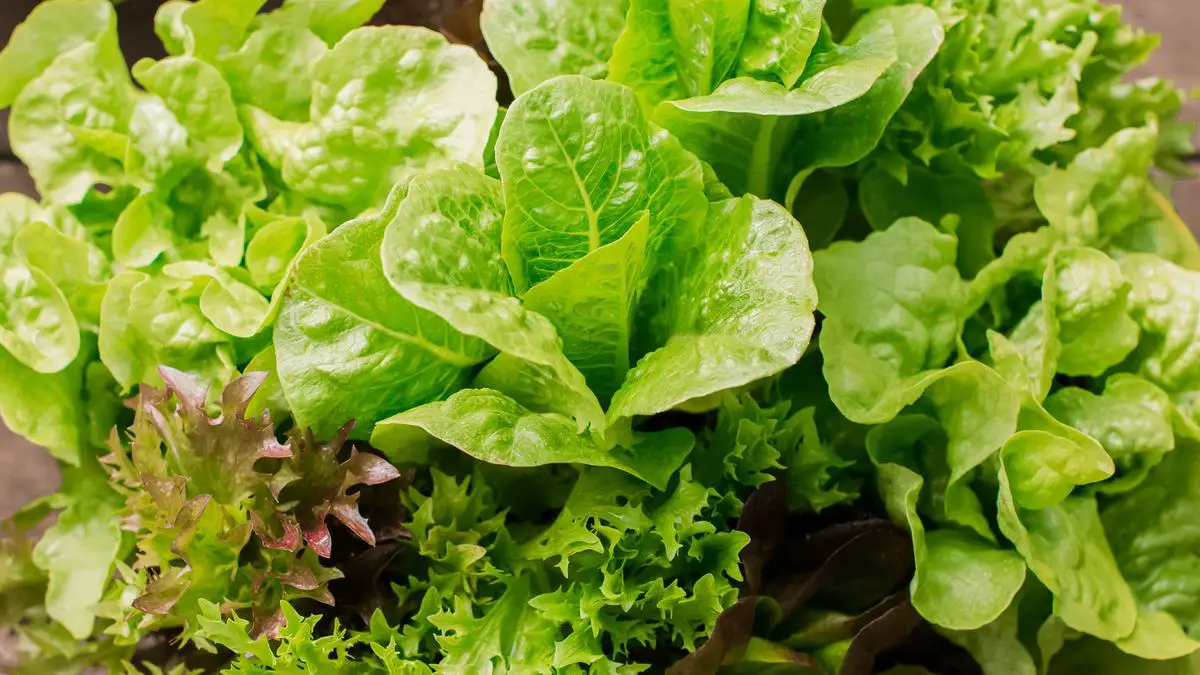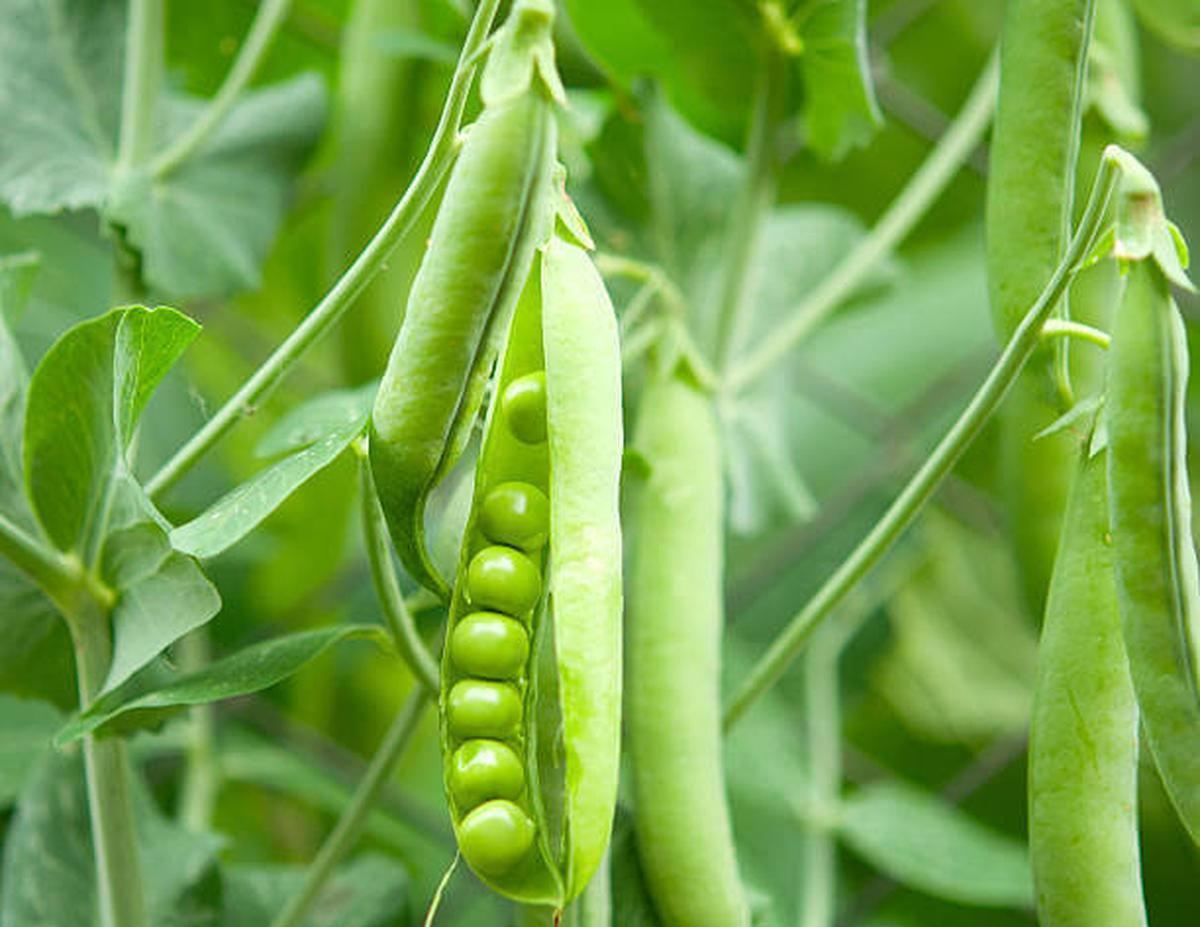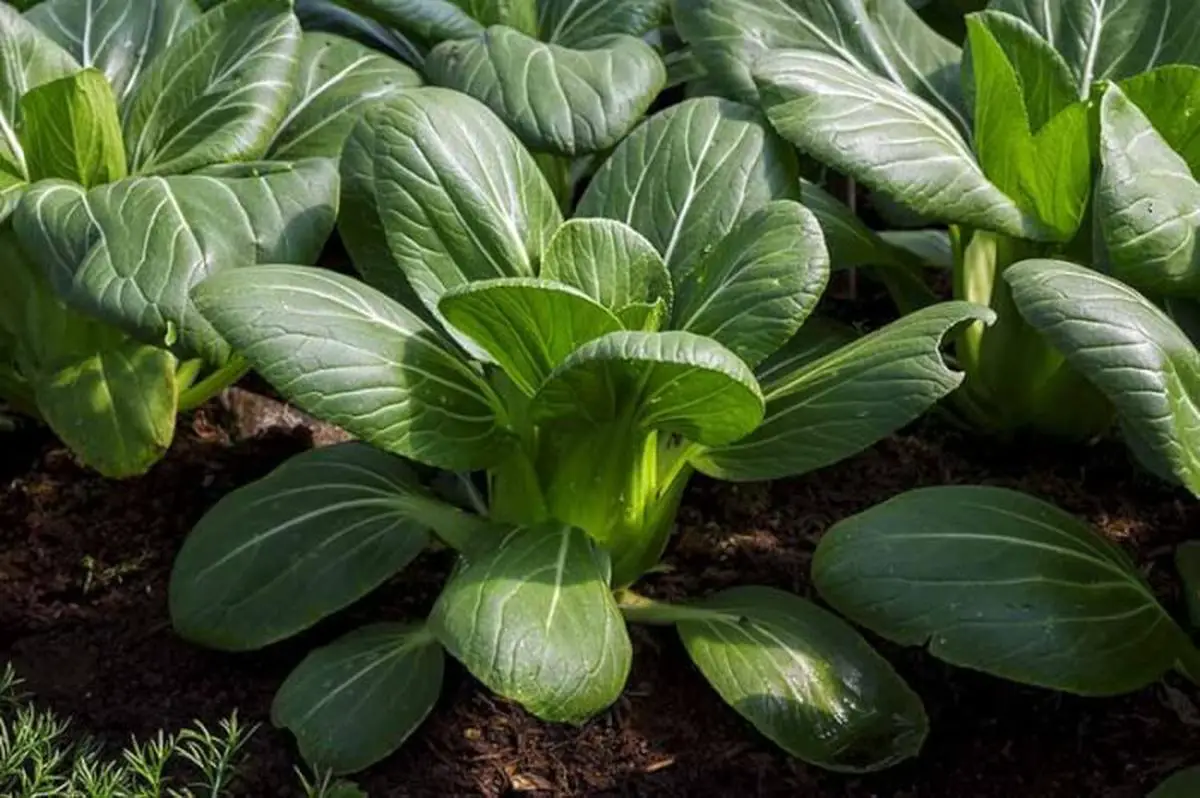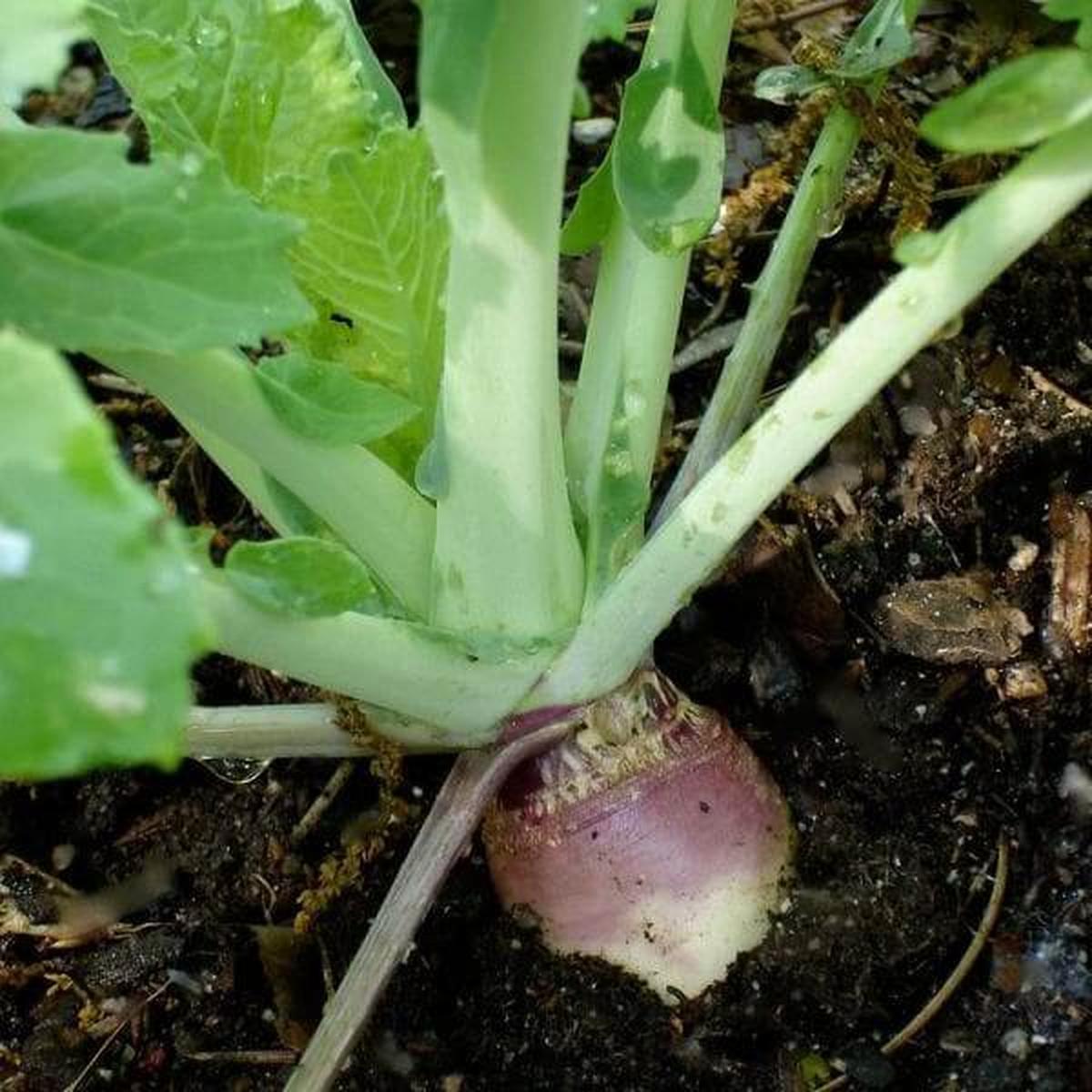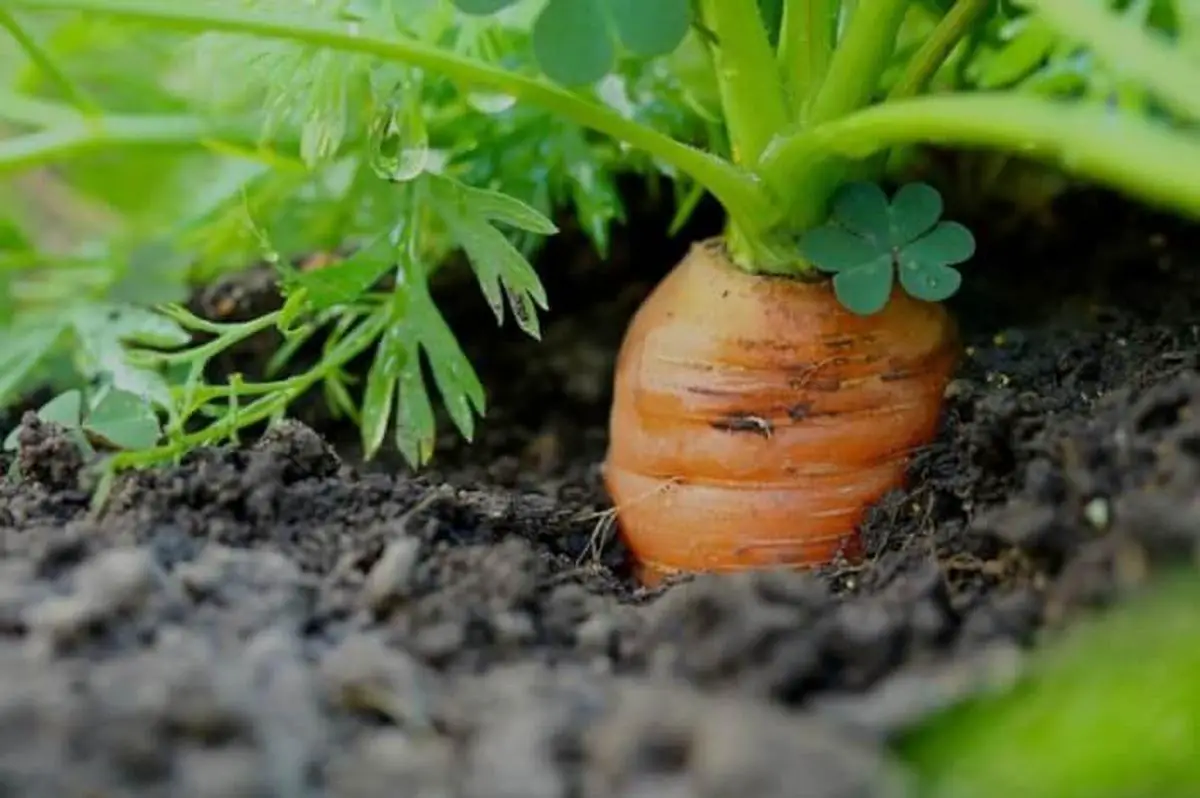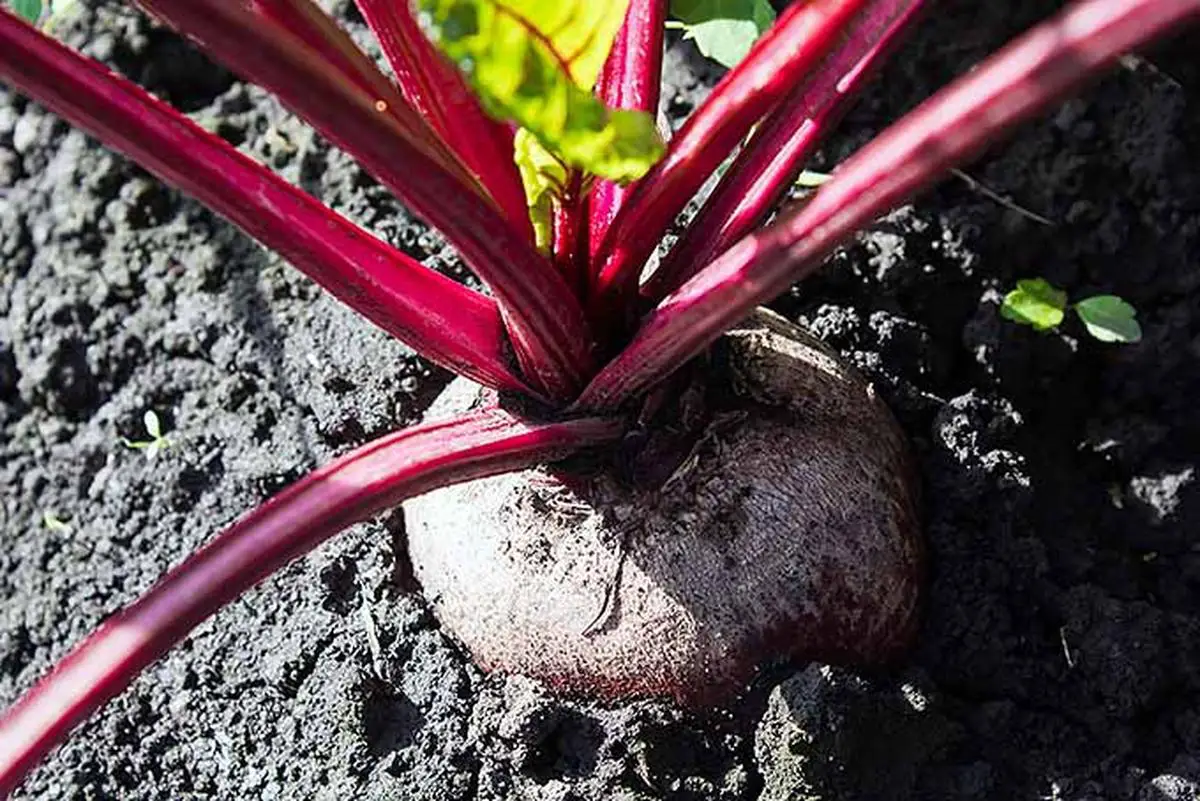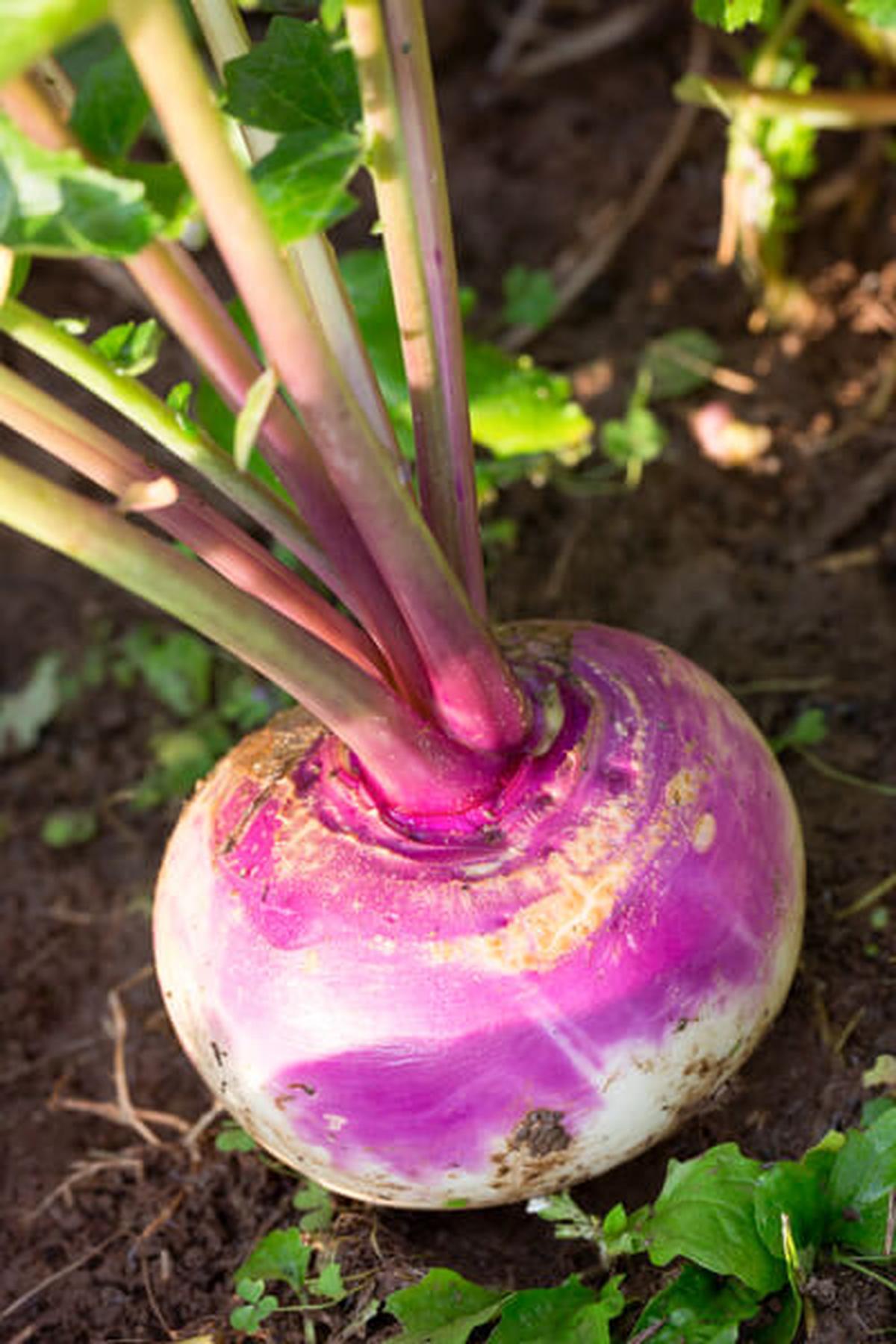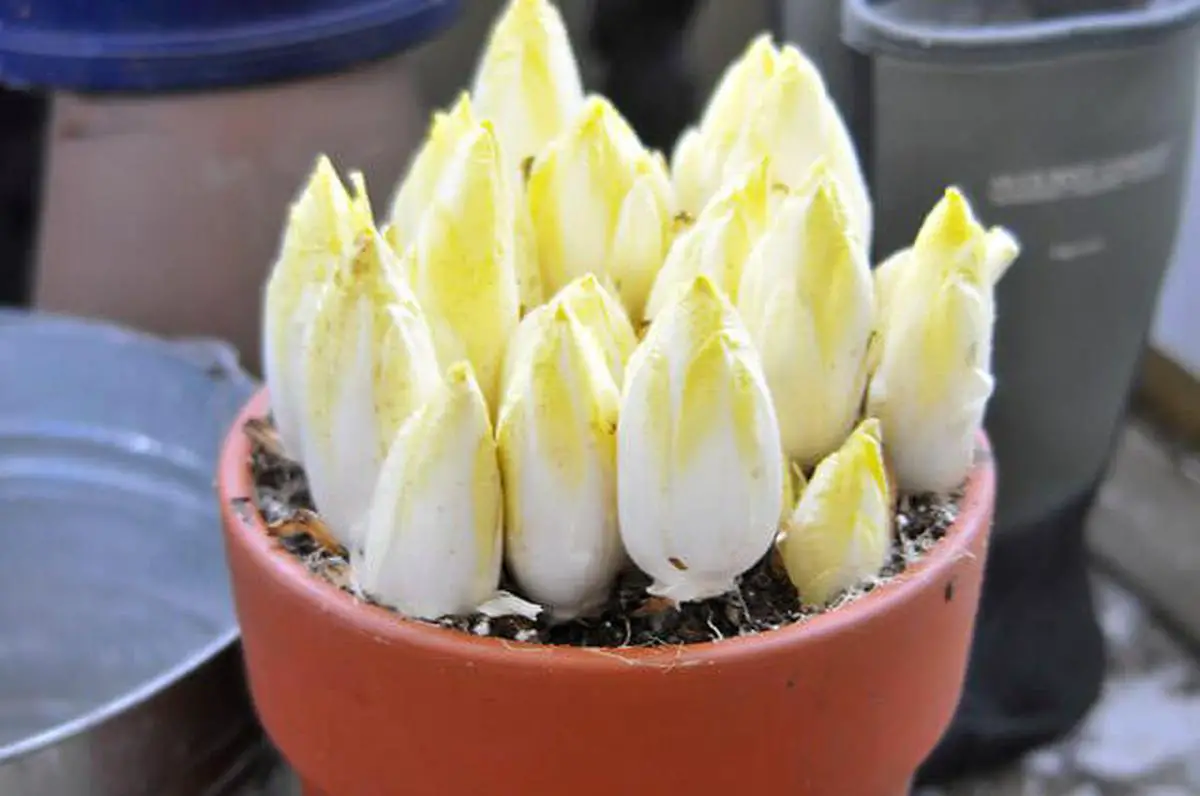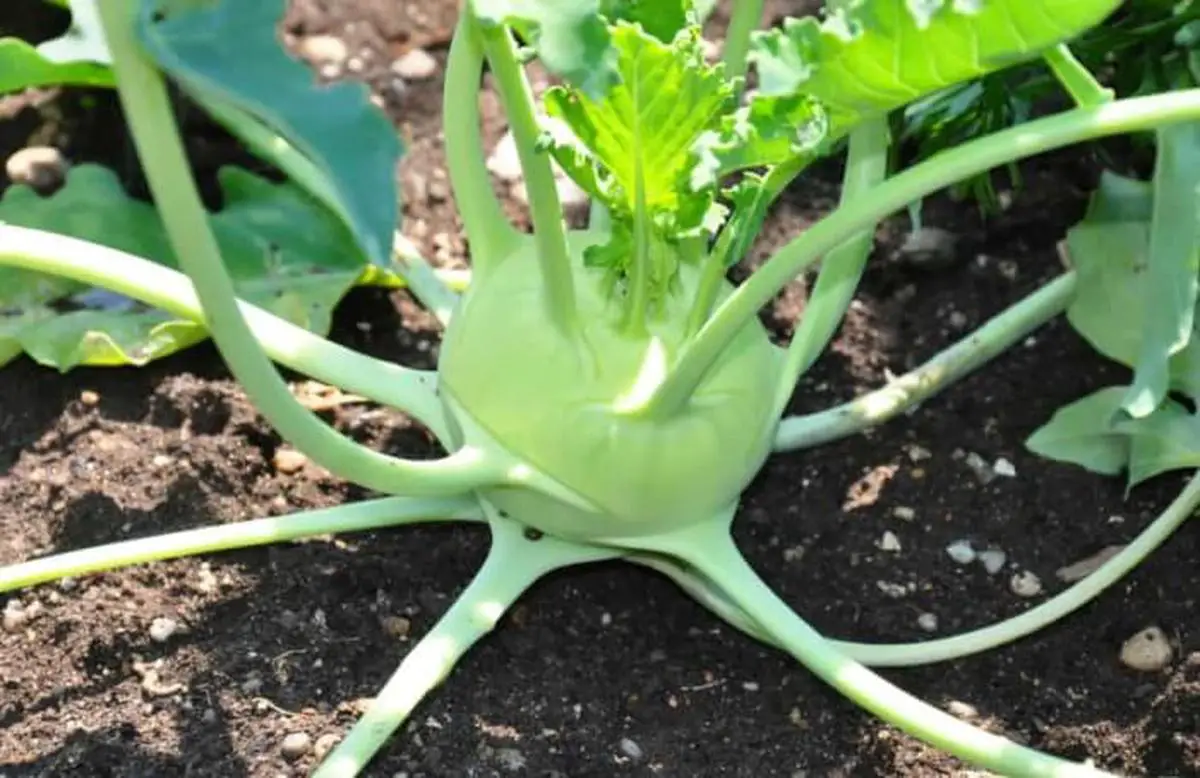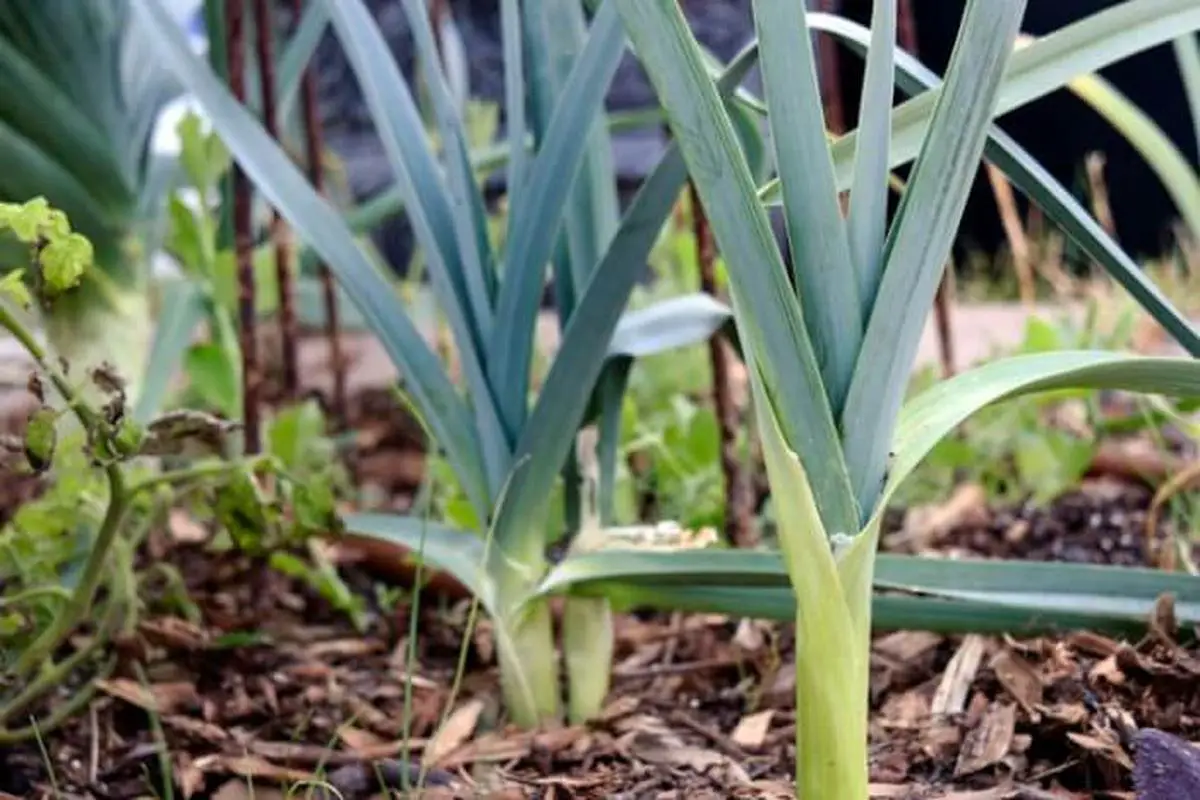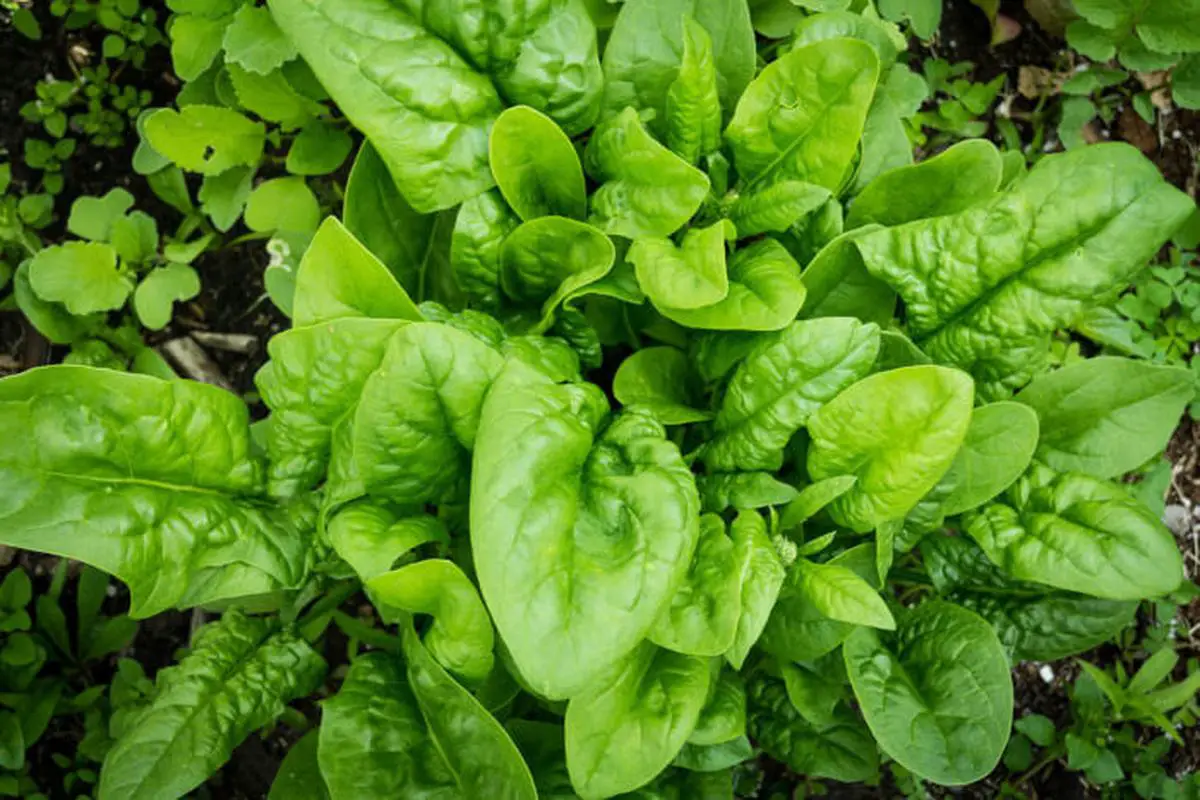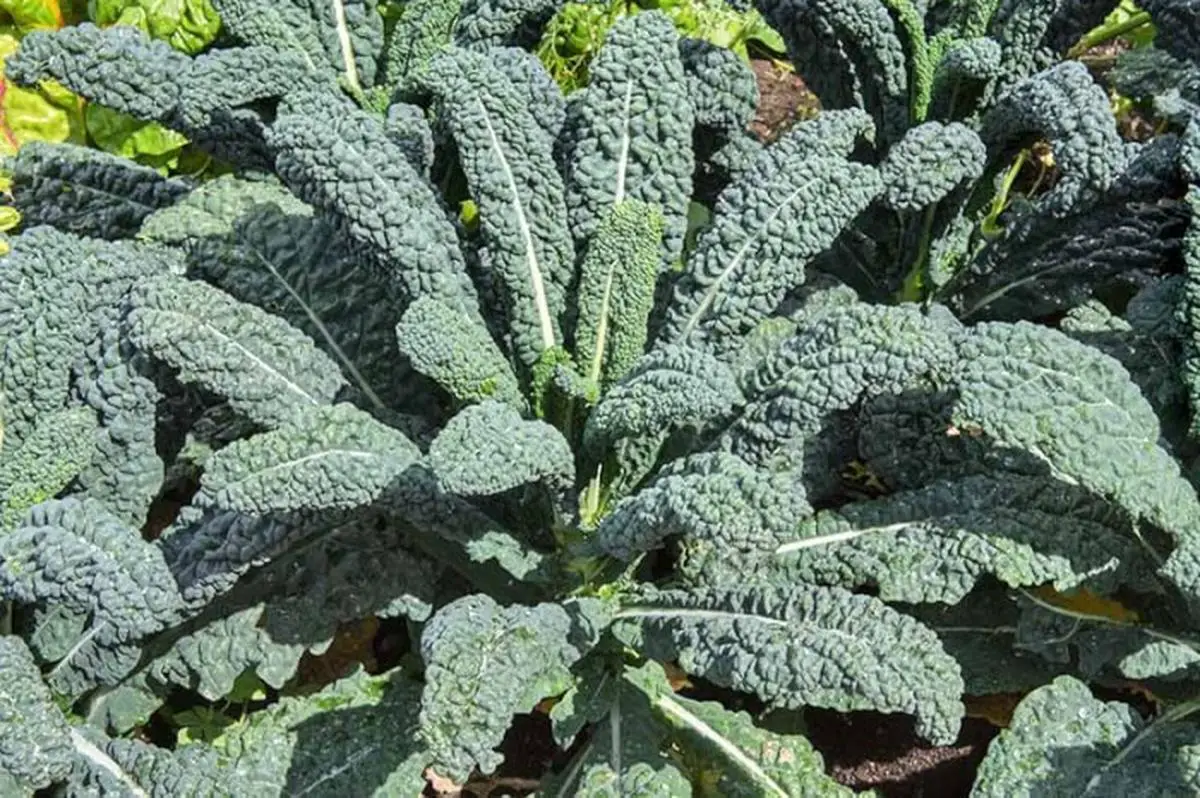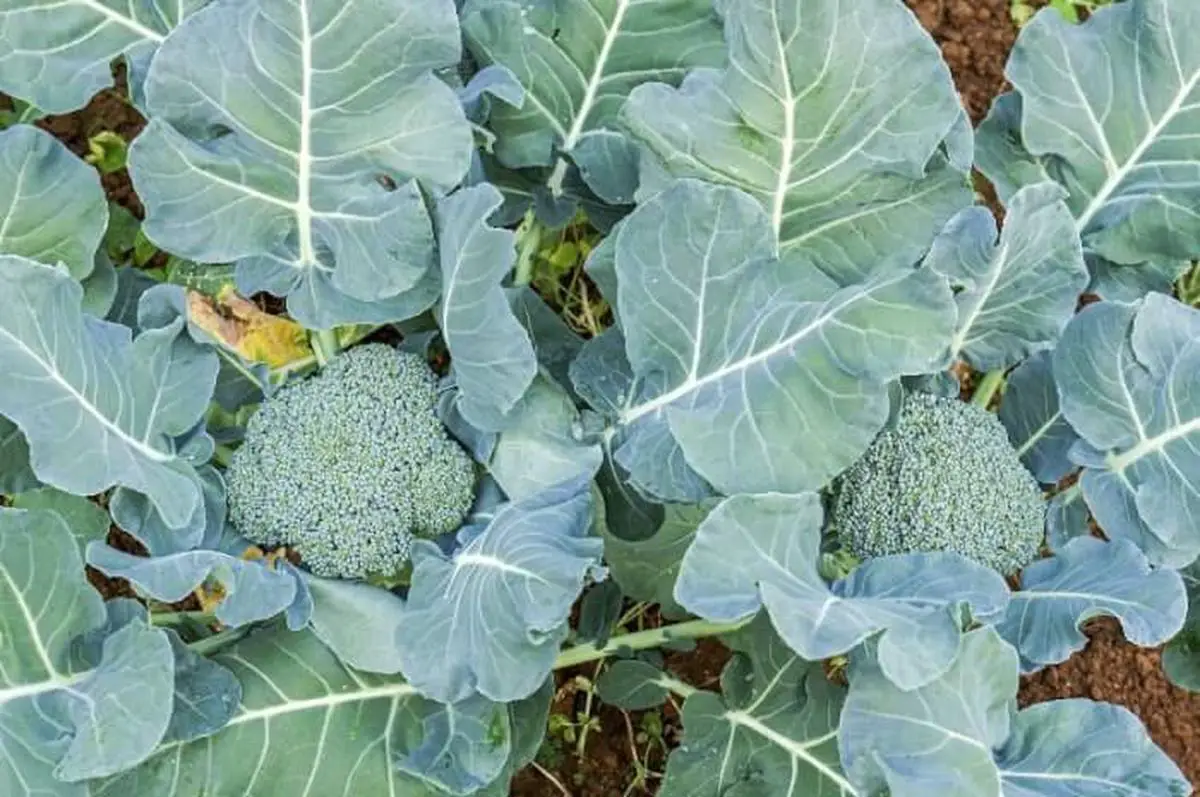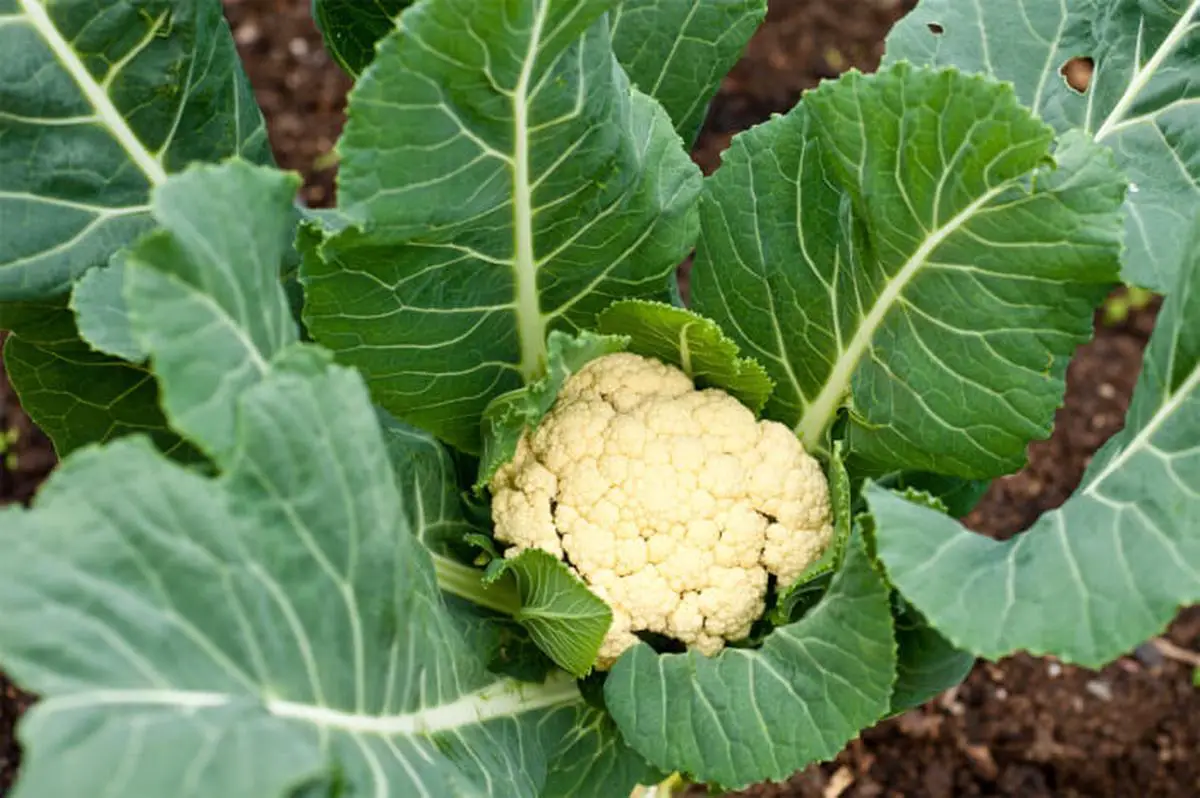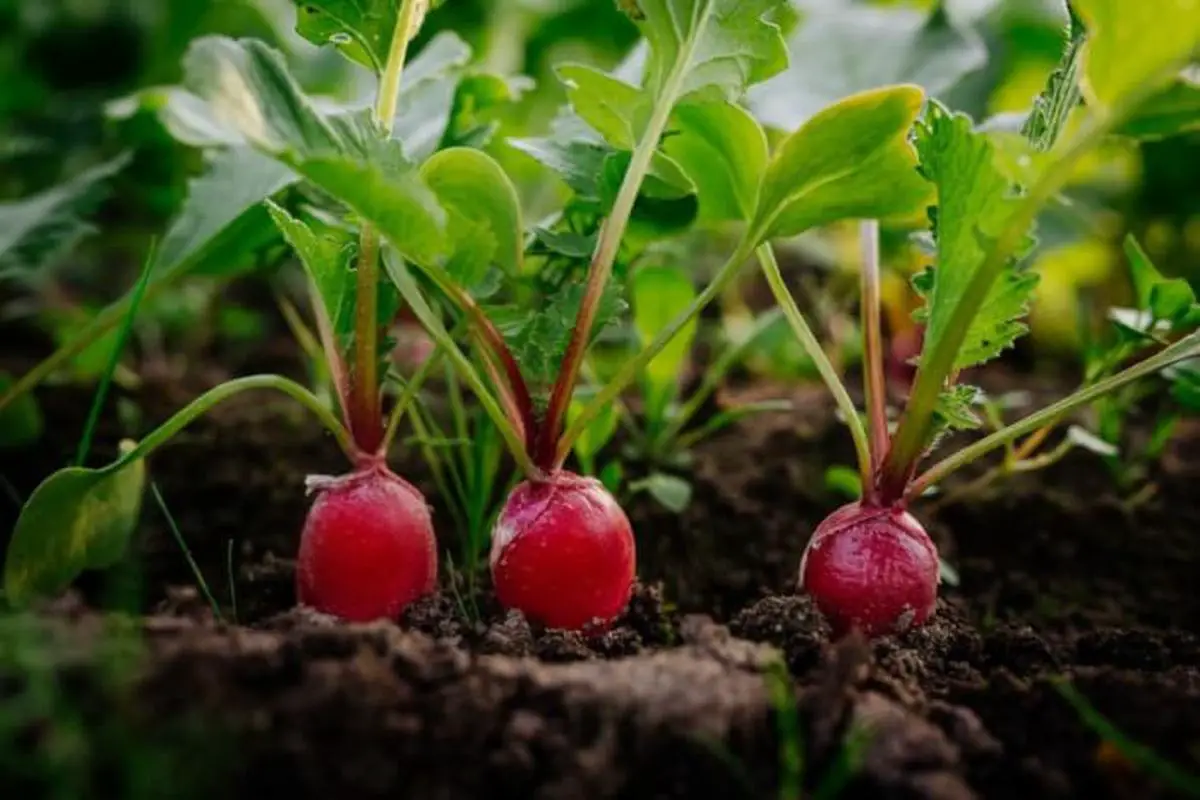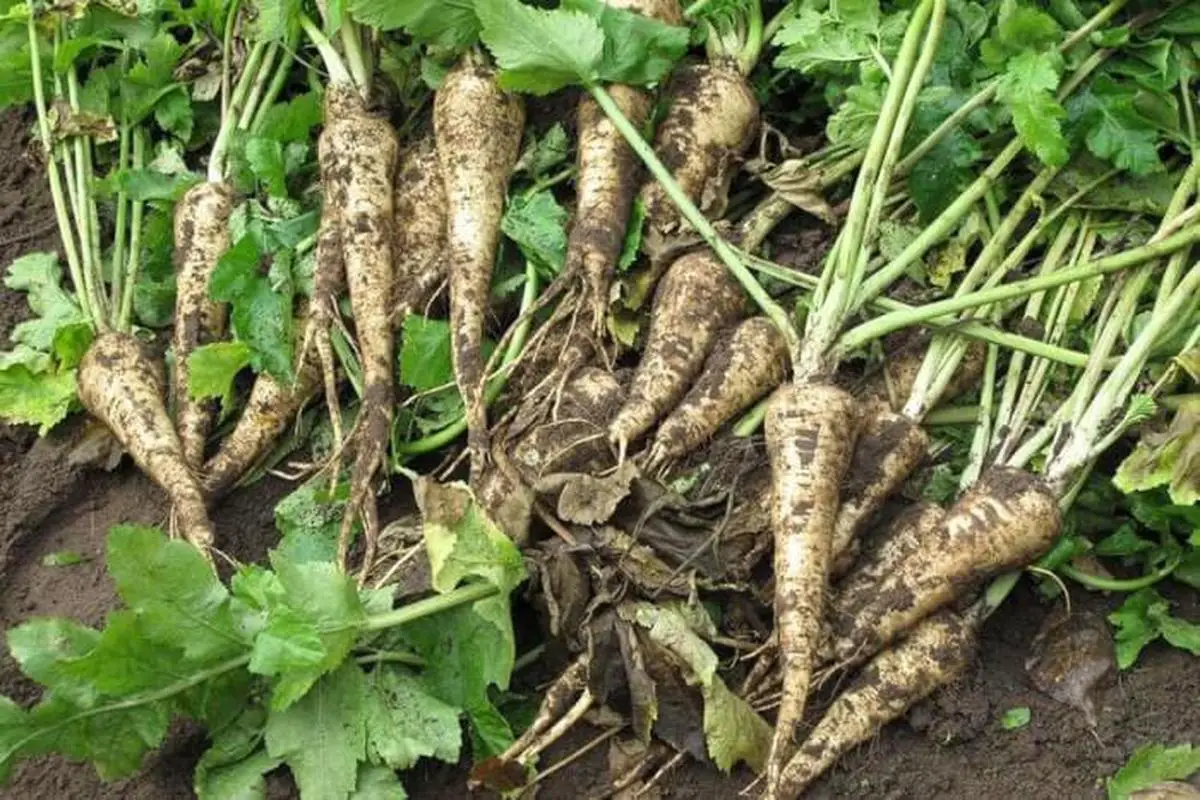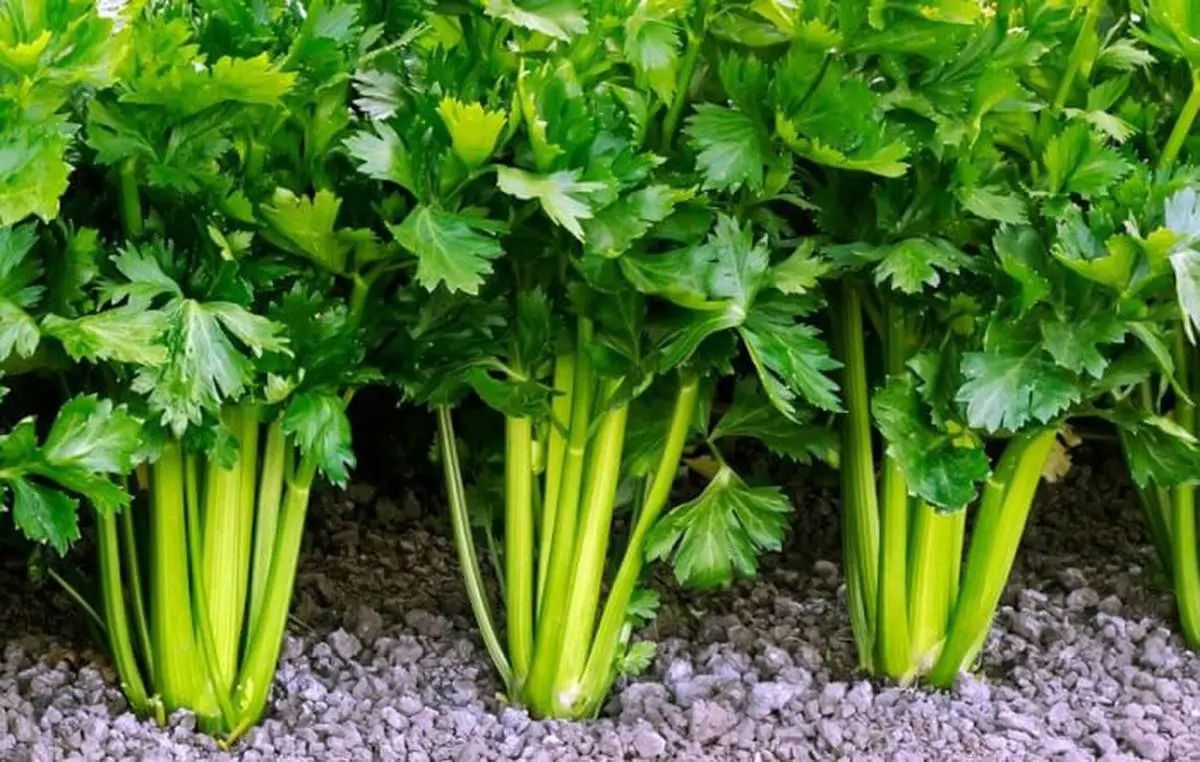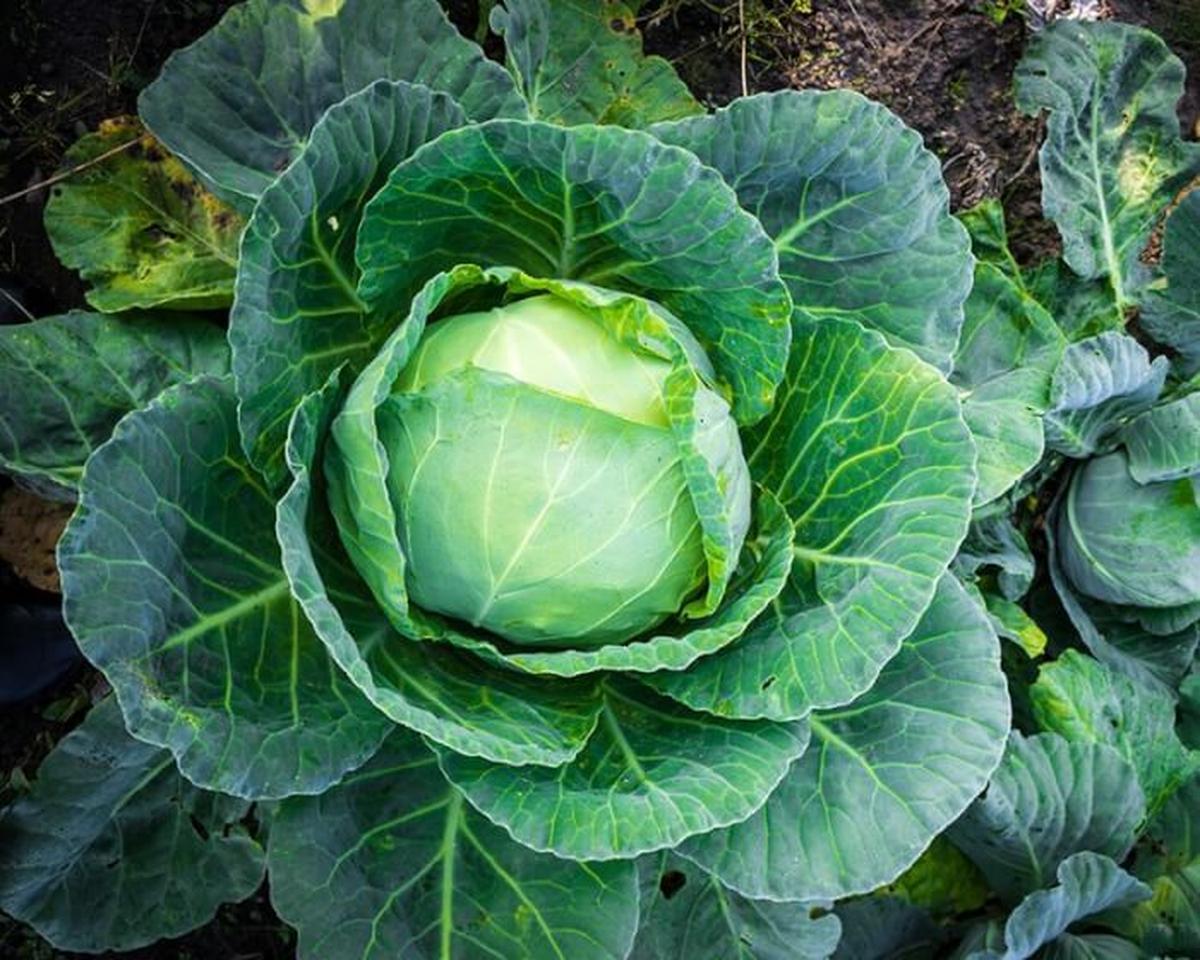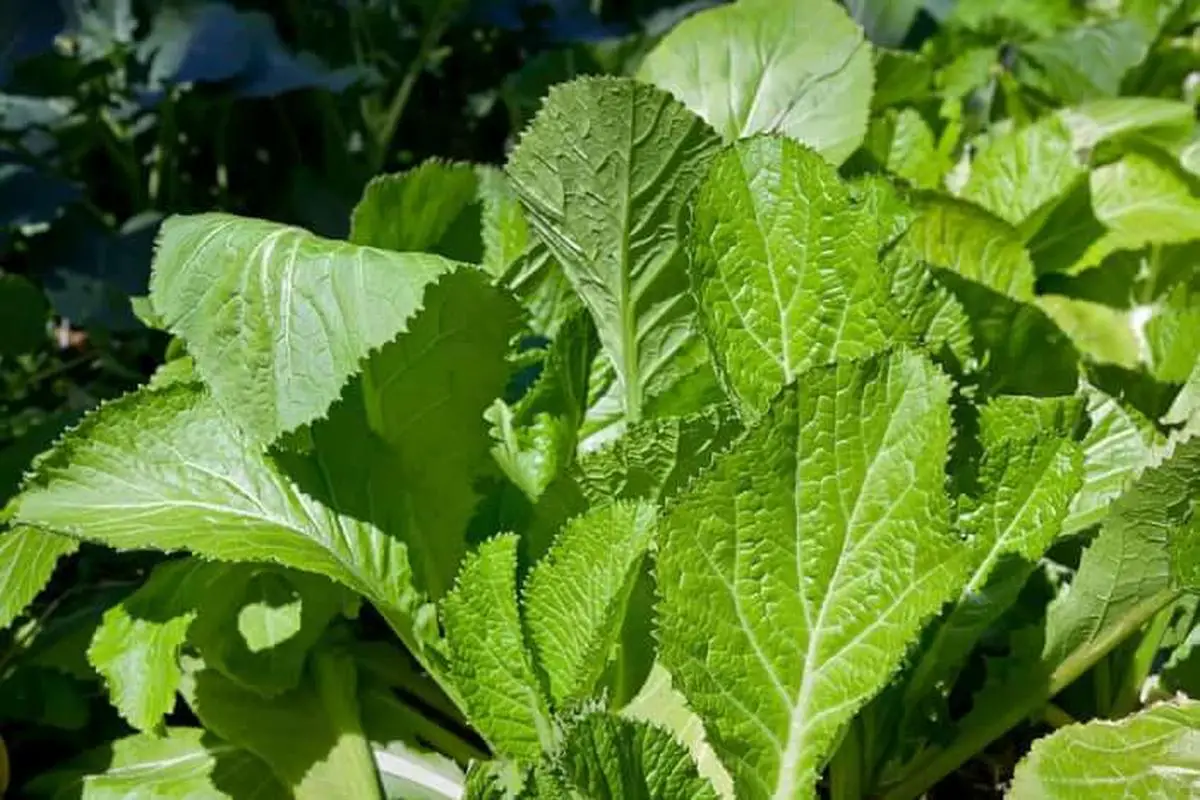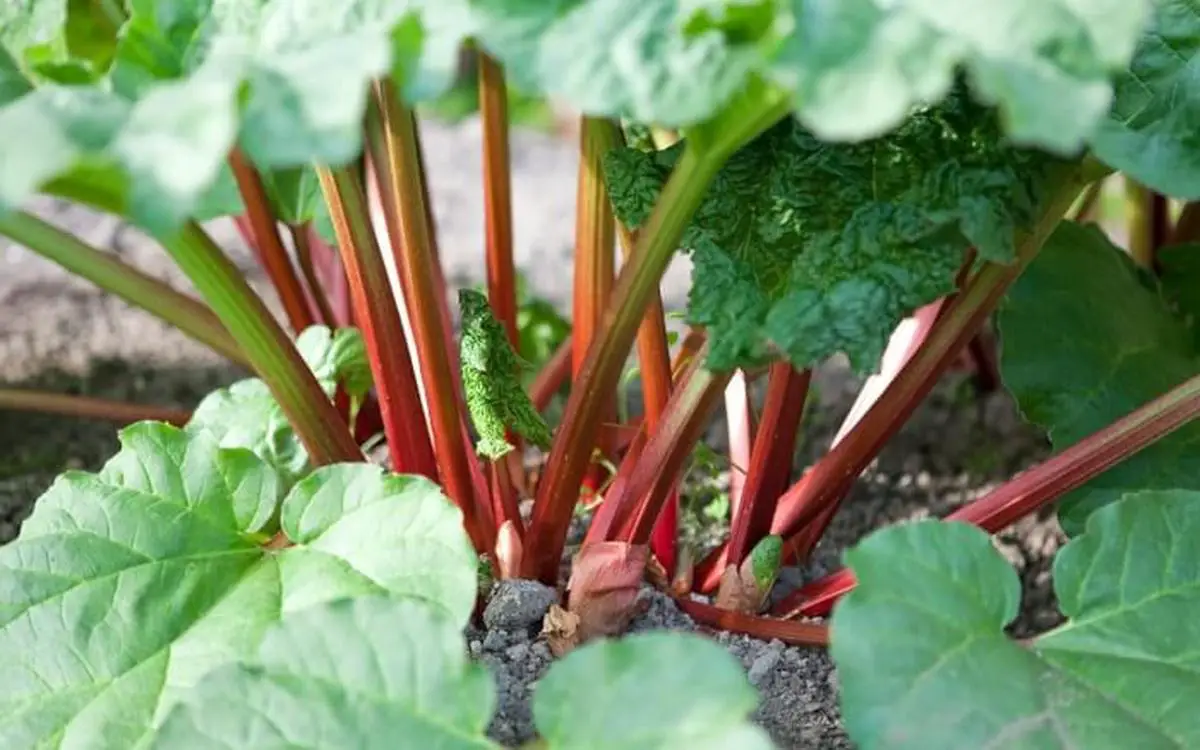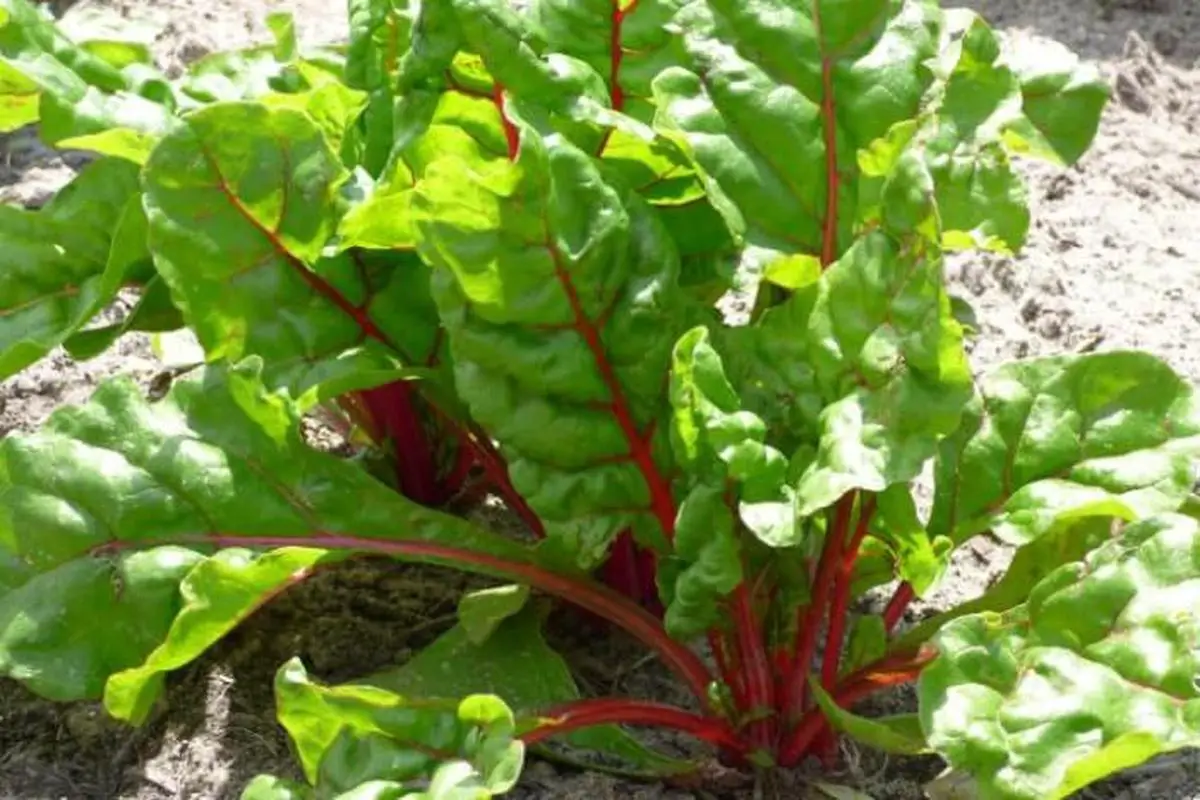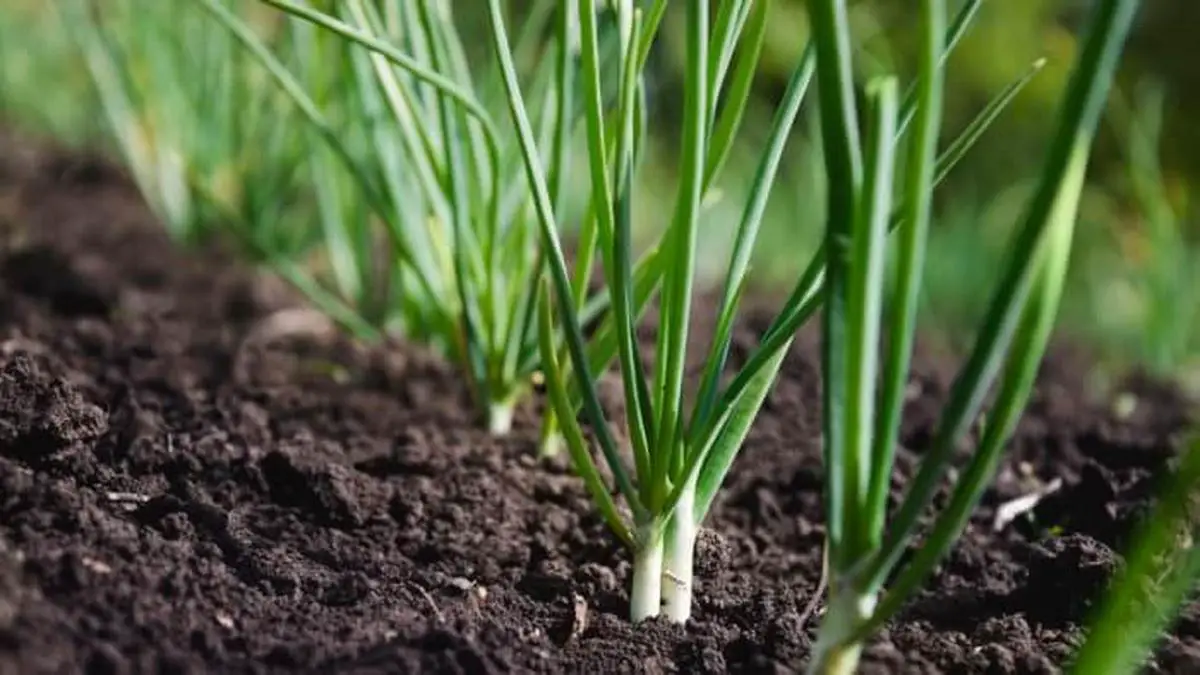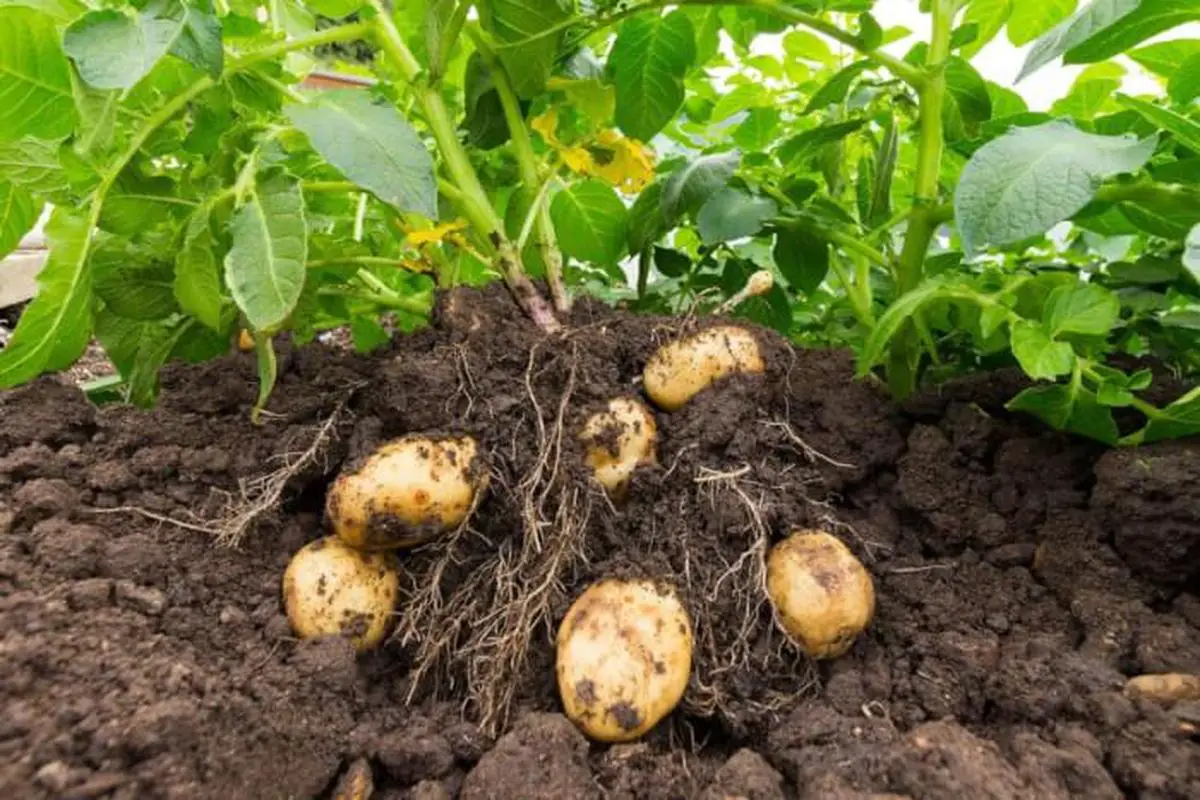25 Best Vegetables for Shady Gardens
Vegetables that grow well in shade provide gardening solutions for areas with limited sunlight, adding diversity and freshness to shaded spaces. These types thrive without intense sunlight, making them perfect for shaded patios, balconies, or gardens.
Many of these vegetables adapt to varying climates, ensuring a steady supply of fresh produce throughout the year. Known for their resilience, shade-loving vegetables require minimal care while delivering nutrient-packed harvests.
Their subtle flavors enhance a variety of dishes, making them versatile kitchen additions. Here are 25 vegetables that flourish even in shady areas:
Collard Greens
When considering vegetables that thrive in low-light conditions, collard greens emerge as a top choice.
Their resilience allows them to flourish even when sunlight is limited.
Packed with nutrients, these leafy greens offer versatility in various dishes and provide significant health benefits.
Cultivating collards can be rewarding, especially if you have shaded areas in your garden where other plants may struggle to grow successfully.
Brussels Sprouts
Brussels sprouts thrive in cooler, shadier conditions. These vegetables appreciate a bit of shade as they develop their rich flavor over time.
When planted in partial sunlight, you’ll find that they can withstand frost and still produce tasty yields. Consider enriching the soil with compost to boost growth potential when cultivating them in less direct light.
With patience and care, these little green gems can become a rewarding addition to your garden even under tree canopies or near tall structures.
Lettuce
Lettuce thrives in low-light conditions, making it an excellent choice for shaded gardens.
This leafy green enjoys cooler temperatures and can flourish even when sunlight is limited.
You’ll appreciate how easy it is to grow; just ensure the soil remains moist and nutrient-rich.
With various types available, including romaine and butterhead, you have options to suit your palate.
Peas
Peas thrive in shaded areas, making them a fantastic choice for gardens with limited sunlight. These versatile legumes offer not only sweet flavors but also enrich the soil through nitrogen fixation.
You can enjoy fresh peas straight from your garden or use them in various dishes, adding nutrition and color to your meals. They require minimal care and can be sown early in the spring or even late summer for fall harvests.
Growing peas gives you a satisfying gardening experience while maximizing every inch of available space, regardless of sunlight exposure.
Bok Choi
Bok choi thrives in shaded environments, making it an excellent choice for those with limited sunlight. This leafy green has a crisp texture and mild flavor, enhancing salads or stir-fries.
It's remarkably easy to cultivate and grows quickly, allowing you to enjoy fresh greens throughout the growing season. Additionally, bok choi is packed with nutrients like vitamins A and C as well as calcium.
When seeking shade-tolerant vegetables, this vibrant option should not be overlooked for your garden plans.
Rutabaga
Rutabaga thrives in low-light conditions, making it an excellent choice for shaded gardens. This root vegetable not only tolerates partial shade but also benefits from cooler temperatures.
Rich in nutrients, rutabaga adds a hearty flavor to various dishes while being easy to cultivate. Its unique taste pairs well with many ingredients and can enhance soups or stews beautifully.
If you have limited sunlight, consider incorporating this versatile veggie into your planting plan for a rewarding harvest.
Carrots
Carrots thrive in partial shade, making them an excellent choice for less sunny gardens. These root vegetables prefer cooler temperatures and can develop well even when sunlight is limited.
With their crisp texture and sweet flavor, they enhance a variety of dishes. When planting carrots in shaded areas, be sure to space them properly to allow enough room for growth underground.
You’ll find that cultivating this vegetable not only adds diversity to your garden but also provides you with fresh produce throughout the growing season.
Beets
When considering vegetables that thrive in less sunlight, beets rank high on the list. These root veggies adapt well to shaded conditions while still delivering a delightful sweetness and vibrant color.
Their leafy tops are also edible and nutritious, making them versatile for various dishes. You can cultivate beets throughout cooler months as they flourish even when temperatures drop slightly.
With minimal light requirements, growing these in your garden opens up new possibilities for lush greenery amidst shade.
Turnips
Turnips thrive in cooler, shaded environments and are a fantastic option for those with limited sunlight. These root vegetables boast a crisp texture and earthy flavor that can enhance various dishes.
Growing them is straightforward; they prefer well-drained soil enriched with organic matter. Additionally, planting turnips during the early spring or late summer maximizes their yield while keeping them tender.
Their versatility allows you to enjoy both roots and greens in your meals, making turnips an excellent choice for any garden space lacking direct sun exposure.
Endive
Endive is a leafy green that thrives in low-light conditions, making it an excellent choice for shaded gardens. Its slightly bitter flavor adds depth to salads and dishes.
This vegetable prefers cooler temperatures, which allows it to flourish without the stress of intense sunlight. Harvesting endive can occur throughout the growing season, providing fresh greens when other crops might struggle.
Incorporating this versatile plant into your garden not only diversifies your harvest but also ensures you have nutritious options year-round.
Kohlrabi
Kohlrabi thrives in shaded environments, making it an excellent choice for gardeners with limited sunlight. This unique vegetable boasts a bulbous shape and crunchy texture that adds interest to any dish.
With its mild flavor, kohlrabi can be enjoyed raw in salads or cooked as a delightful side. It grows quickly and is quite forgiving of less-than-ideal light conditions.
If you want to diversify your garden while maximizing available space, consider adding this versatile veggie to your planting list.
Leeks
Leeks thrive in low-light environments, making them a smart choice for shaded gardens. These hardy vegetables prefer cooler conditions and can be planted alongside taller crops to maximize space.
Their mild onion flavor adds depth to dishes while providing essential nutrients such as vitamins A and K. When growing leeks, ensure the soil remains moist but well-drained for optimal development.
With proper care, you’ll enjoy their unique taste even in less sunny spots of your garden.
Spinach
Spinach thrives in low-light conditions, making it a fantastic choice for shaded gardens.
This leafy green is not only packed with nutrients but also grows quickly, allowing you to enjoy fresh salads or smoothies in no time.
It prefers moist soil and benefits from regular watering.
Planting spinach during cooler months can enhance its flavor and texture, providing you with a delicious addition to your meals year-round.
Kale
Kale thrives in shaded areas, making it a valuable addition to your garden. This leafy green tolerates lower light levels while still delivering an impressive nutritional punch.
Its robust nature allows for growth even when sunlight is limited, providing you with fresh greens throughout the growing season. When planting kale, consider spacing it properly to ensure adequate airflow and healthy development.
Incorporating this vegetable into shaded spots will enrich your meals with essential vitamins and minerals without needing full sun exposure.
Broccoli
Broccoli thrives in partial sunlight, making it a great choice for shaded areas. This nutritious vegetable not only provides essential vitamins but also supports healthy digestion.
To cultivate broccoli effectively, ensure the soil is rich and well-drained while keeping moisture levels consistent. When planting, consider spacing them appropriately to allow air circulation and reduce pests.
Harvesting time varies based on your growing conditions; typically, you can enjoy fresh broccoli within three months of sowing seeds.
Cauliflower
Cauliflower thrives in partially shaded areas, making it an excellent choice for gardens with limited sunlight. This versatile vegetable prefers cool temperatures and can be planted early or late in the growing season.
Its unique flavor enhances various dishes, from soups to salads. Additionally, cauliflower is packed with nutrients like vitamins C and K, contributing to a balanced diet.
If you're looking to diversify your garden's offerings while maximizing shady spots, this vegetable should definitely make the cut.
Radish
Radishes thrive in less sunlight, making them an excellent choice for shaded gardens. These quick-growing vegetables can be sown directly into the soil and often mature within a month.
Their crisp texture adds a refreshing crunch to salads or sandwiches. Cultivating radishes requires minimal effort and they flourish even under partial cover from trees or taller plants.
When you plant these vibrant roots, you're sure to enjoy their peppery flavor while maximizing your garden space effectively.
Parsnip
Parsnips thrive in low-light conditions, making them a great choice for shaded gardens. These root vegetables prefer well-drained soil and can develop their sweet flavor when grown in cooler temperatures.
Planting parsnip seeds directly into the ground during early spring will yield better results than starting them indoors. Their resilience allows them to grow alongside taller plants, maximizing your garden space while still producing nutritious crops.
With proper care and attention, you’ll enjoy a rewarding harvest of these versatile veggies even in less sunny areas of your yard.
Celery
Celery thrives in low-light conditions, making it an excellent choice for shaded gardens. This versatile vegetable requires moist soil and consistent watering to develop its crisp texture.
Rich in vitamins and minerals, celery not only adds crunch to salads but also enhances soups and stews with flavor. For successful growth, ensure that the area is well-drained yet retains some moisture to keep the plants healthy.
Incorporating this leafy green into your garden can yield nutritious rewards even when sunlight is limited.
Cabbage
Cabbage thrives in cooler, shaded environments, making it a fantastic choice for gardens that don’t receive direct sunlight all day. This leafy vegetable prefers rich soil with plenty of nutrients to support its growth.
Growing cabbage can lead to an abundant harvest, as each plant produces multiple heads when properly cared for. With proper watering and attention to pests, you can enjoy fresh cabbage in your meals throughout the season.
Incorporating this versatile vegetable into your garden design adds both nutrition and variety without needing full sun exposure.
Mustard Greens
Mustard greens thrive in low-light conditions, making them an excellent choice for shaded gardens. Their peppery flavor adds a distinctive touch to salads and cooked dishes alike.
These leafy greens are not only easy to cultivate but also packed with essential vitamins and nutrients, promoting overall health. When you plant mustard greens, they flourish during cooler months, allowing for continuous harvests throughout the growing season.
With minimal care needed, including regular watering and occasional fertilization, you'll enjoy fresh produce right from your garden even in less sunny spots.
Rhubarb
Rhubarb is an intriguing vegetable that thrives in shaded areas, making it a fantastic choice for gardeners with less sun exposure. Its vibrant red stalks not only add visual appeal but also bring a unique tart flavor to various dishes.
This hardy plant can endure cooler temperatures and requires minimal care once established. Ideal for pies or jams, rhubarb's versatility extends beyond desserts into savory recipes as well.
You might appreciate incorporating this shade-loving gem into your culinary adventures while enjoying its lush foliage throughout the growing season.
Swiss Chard
Swiss chard thrives in low-light conditions, making it a fantastic choice for shaded gardens. This leafy green is not only nutritious but also offers vibrant colors that can brighten up any corner of your yard.
With its ability to tolerate cooler temperatures, Swiss chard remains productive throughout the growing season. Consider incorporating this vegetable into your planting scheme if sunlight is limited; you’ll appreciate its versatility in various dishes as well as raw salads and cooked meals alike.
Harvesting fresh leaves regularly encourages new growth, ensuring a continuous supply of greens right at home.
Scallions
Scallions thrive in low-light conditions, making them an excellent choice for shaded gardens. Their mild flavor enhances various dishes, from salads to soups.
Growing scallions is straightforward; you can start with seeds or even kitchen scraps from store-bought ones. These versatile vegetables not only add taste but also contribute nutrients to your meals.
If you're looking for a reliable option that flourishes away from direct sunlight, consider adding scallions to your garden plan.
Potatoes
Potatoes thrive in cooler, shadier environments, making them a versatile choice for gardens with limited sunlight. When planted in partial shade, they can develop strong roots and yield a satisfying harvest.
These tubers prefer well-drained soil rich in organic matter to support their growth. To maximize your potato crop, consider mulching around the plants; it helps retain moisture and suppress weeds effectively.
Growing potatoes not only provides you with delicious meals but also enriches the garden’s biodiversity by supporting beneficial insects and microorganisms.

